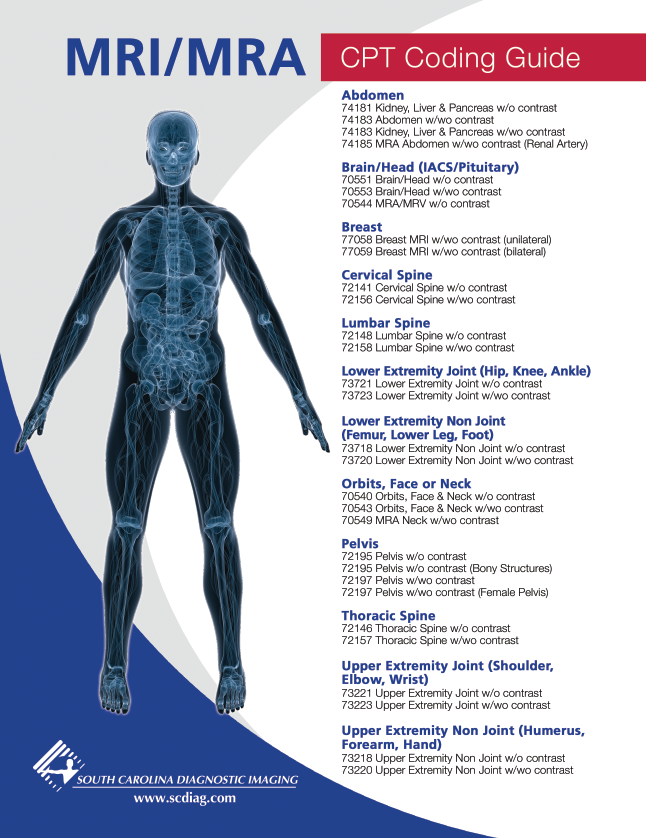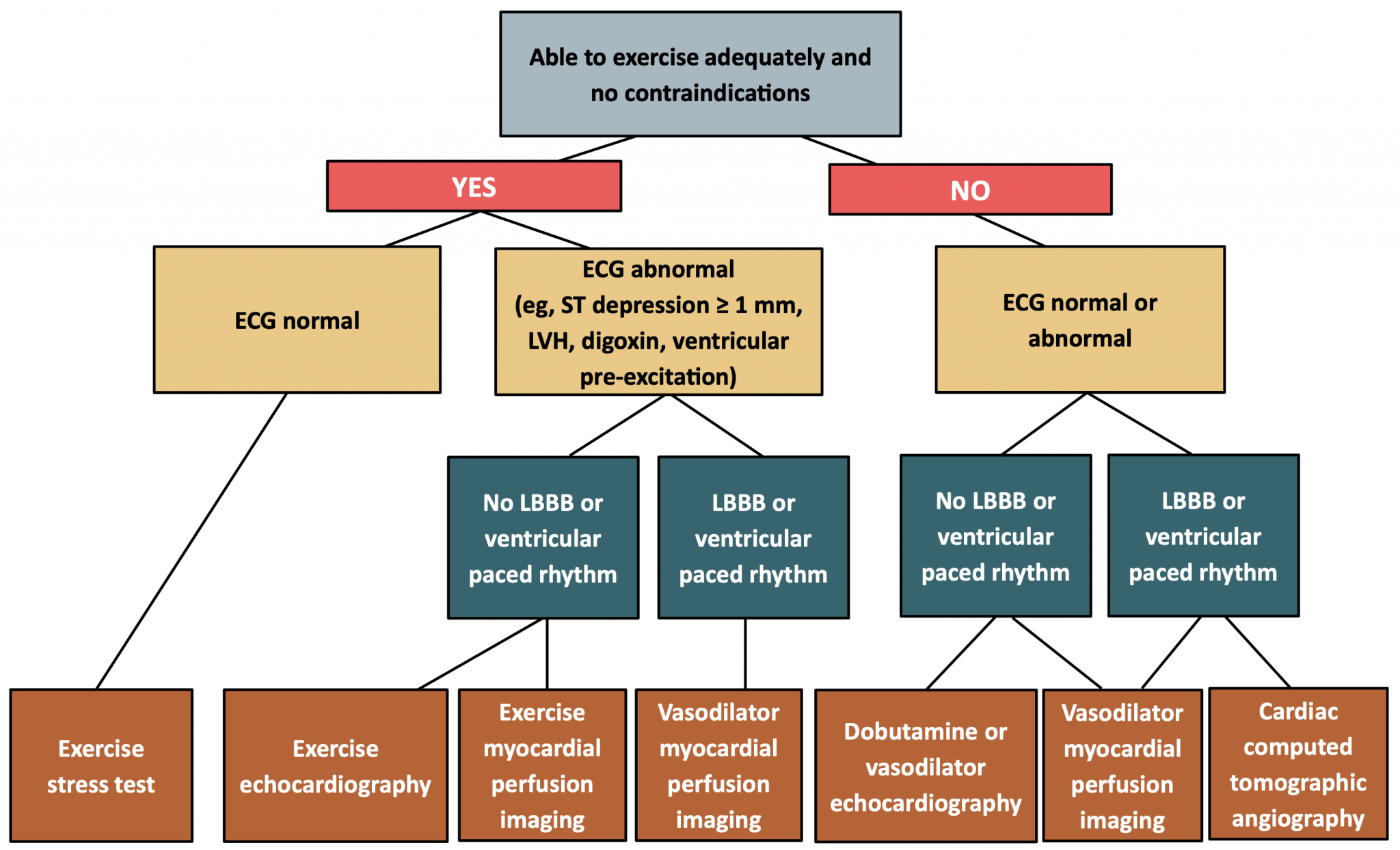A CT scan, or computed tomography scan, is a medical imaging technique that uses X-ray technology to create detailed cross-sectional images of the body. It is commonly used to diagnose and monitor various conditions, especially those affecting the abdomen and pelvis.
CT abdomen and CT abdomen pelvis are two different types of CT scans that focus on different areas of the body. The main difference between the two lies in the scope of the examination.
CT abdomen specifically targets the abdominal region, which includes the organs and structures located between the diaphragm and the pelvis. This scan provides detailed images of the liver, kidneys, pancreas, spleen, gallbladder, and intestines, among others. It is often used to evaluate abdominal pain, trauma, infection, and the presence of tumors or other abnormalities in the abdominal organs.
On the other hand, CT abdomen pelvis covers both the abdominal and pelvic regions. It extends the coverage area of the scan to include the reproductive and urinary organs, bladder, prostate gland (in males), and the pelvic bones. This extended examination allows for a more comprehensive evaluation of the entire lower abdomen, making it particularly useful for diagnosing conditions like urinary tract infections, kidney stones, gynecological disorders, and certain types of cancers.
Both CT abdomen and CT abdomen pelvis offer valuable insights into the structures and organs within these regions. The scans are non-invasive, relatively quick, and provide highly detailed and accurate images. They help healthcare professionals in making accurate diagnoses, planning treatments, and monitoring the progress of various conditions.
It’s important to note that while the scans expose patients to a small amount of radiation, the benefits of obtaining accurate and timely diagnostic information often outweigh the risks. Additionally, patients are generally advised to inform their healthcare provider about any existing conditions, allergies, or pregnancy, as it determines the suitability and safety of the imaging procedure.
In conclusion, CT abdomen and CT abdomen pelvis are two different types of CT scans that focus on different regions of the body. While CT abdomen focuses solely on the abdomen, CT abdomen pelvis extends the examination to include the pelvic region as well. Both scans play a crucial role in diagnosing and monitoring various conditions, providing valuable information to healthcare professionals.
What is the difference between 74177 and 74178?
Apply 74177 if both studies are performed with contrast. Use 74178 if one or both studies is/are performed without contrast, followed by further sections using contrast material(s); and, when one study (of either the abdomen or pelvis) is performed without contrast, and the second study is performed with contrast.
What is CPT code 74183 for MRI?
Exam 1 Report the MRI of the abdomen with CPT 74183 (Magnetic resonance [e.g., proton] imaging, abdomen; without contrast material[s] followed by with contrast materials[s] and further sequences).
What is the ICD 10 code for MRI of the lumbar spine?
2024 ICD-10-PCS Procedure Code BR39YZZ: Magnetic Resonance Imaging (MRI) of Lumbar Spine using Other Contrast.

What is the difference between 74177 and 74178 CPT codes?
Apply 74177 if both studies are performed with contrast. Use 74178 if one or both studies is/are performed without contrast, followed by further sections using contrast material(s); and, when one study (of either the abdomen or pelvis) is performed without contrast, and the second study is performed with contrast.
What is a common treatment for CAD?
Coronary angioplasty and stent placement. It may also be called percutaneous coronary intervention (PCI). The heart doctor (cardiologist) guides a thin, flexible tube (catheter) to the narrowed part of the heart artery. A tiny balloon is inflated to help widen the blocked artery and improve blood flow.
What is the standard treatment for CAD?
Conservative management Medical therapy is the cornerstone of CAD treatment (3). It usually comprises a combination of anti-ischemic drugs – primarily beta-blockers or calcium-channel inhibitors, as well as nitrates – and those which prevent atherothrombotic events and control cardiovascular risk factors.

Is CAD the same as heart failure?
Narrowed arteries can cause chest pain because they can block blood flow to your heart muscle and the rest of your body. Over time, CAD can weaken the heart muscle. This may lead to heart failure, a serious condition where the heart can’t pump blood the way it should.
What is the treatment goal for CAD?
The goals of medical treatment in patients with established CAD are to: (1) reduce the frequency and severity of angina, thereby improving the quality of life; (2) reduce future cardiovascular events; and (3) improve survival.
What is a CAD in medical terms?
Coronary artery disease, also called CAD, is a condition that affects your heart. It is the most common heart disease in the United States. CAD happens when coronary arteries struggle to supply the heart with enough blood, oxygen and nutrients. Cholesterol deposits, or plaques, are almost always to blame.

